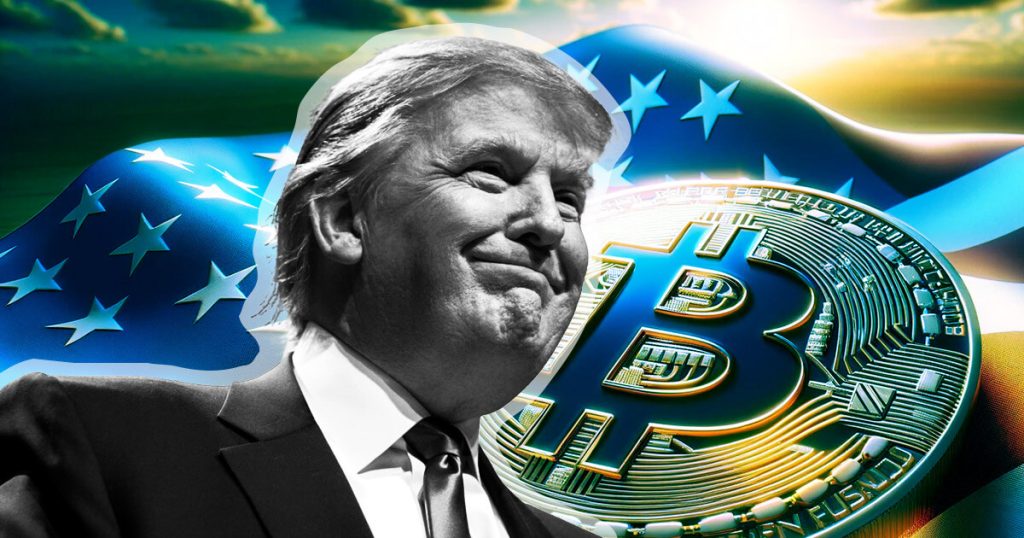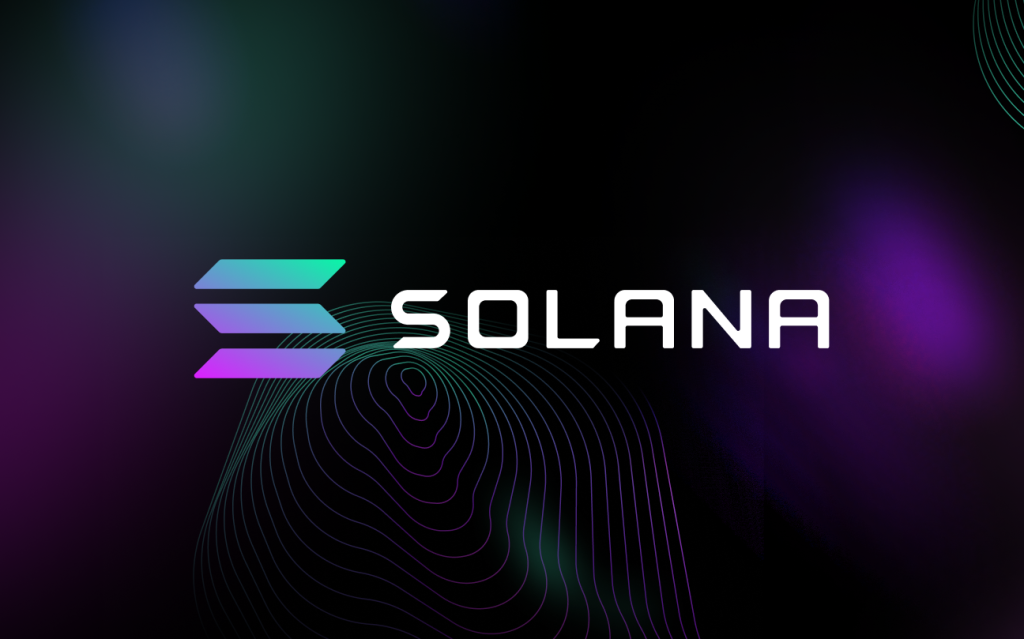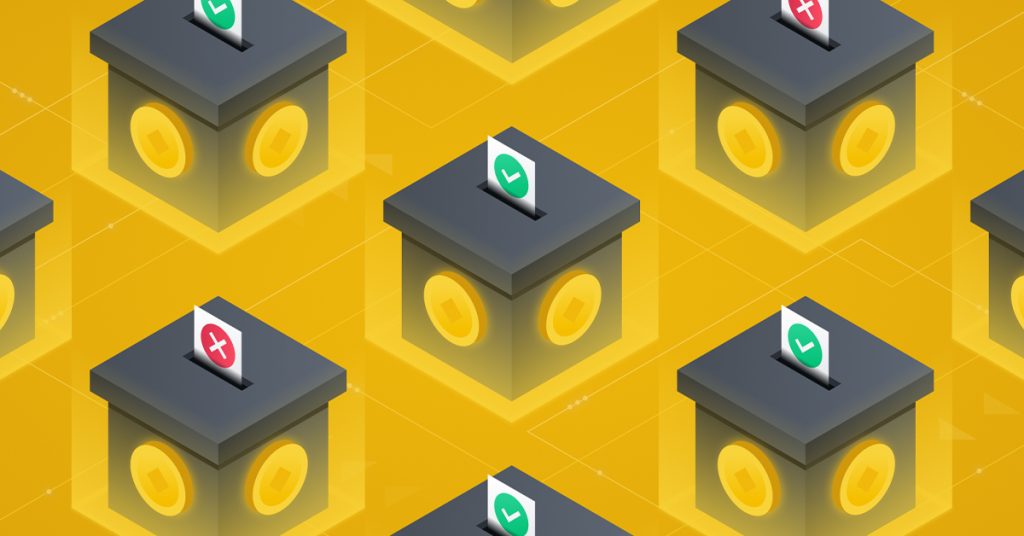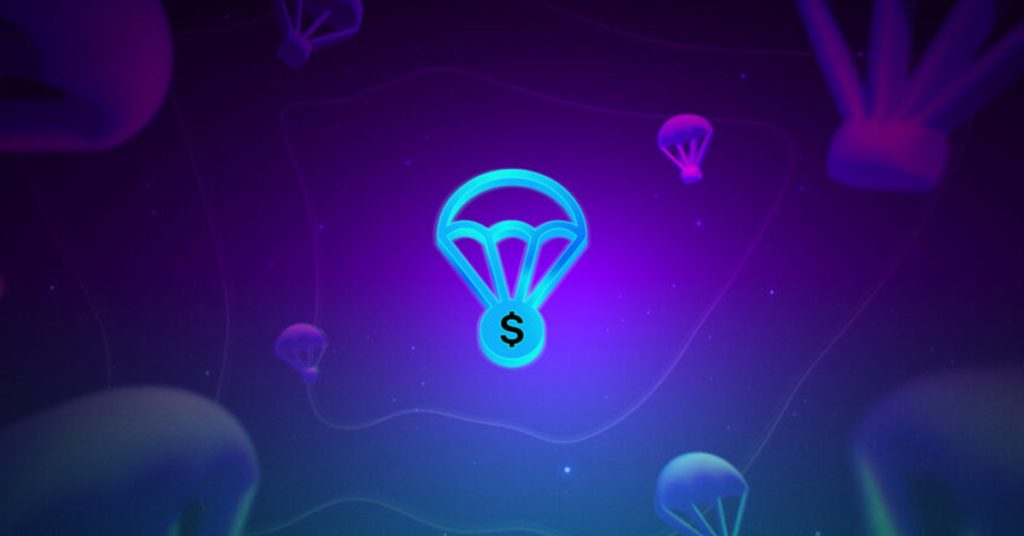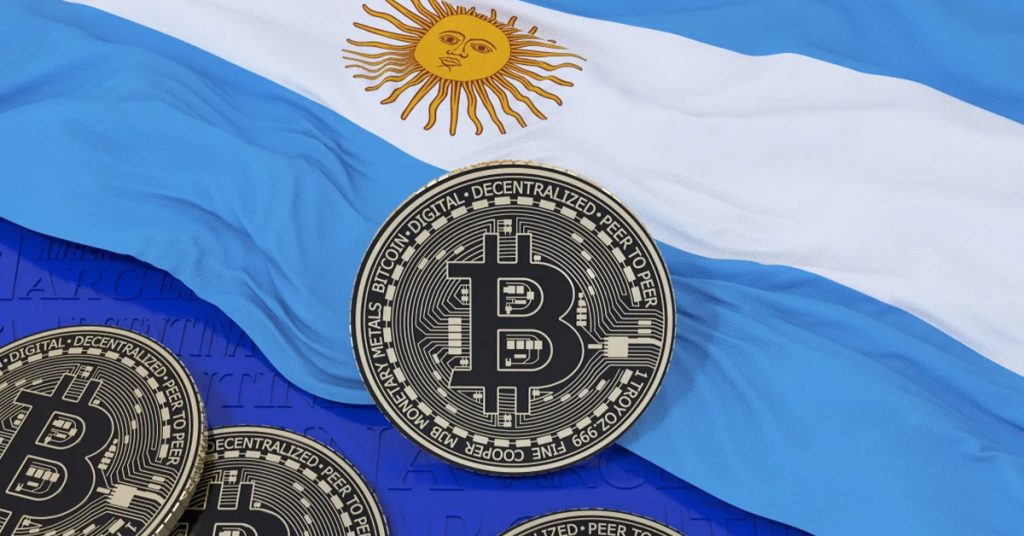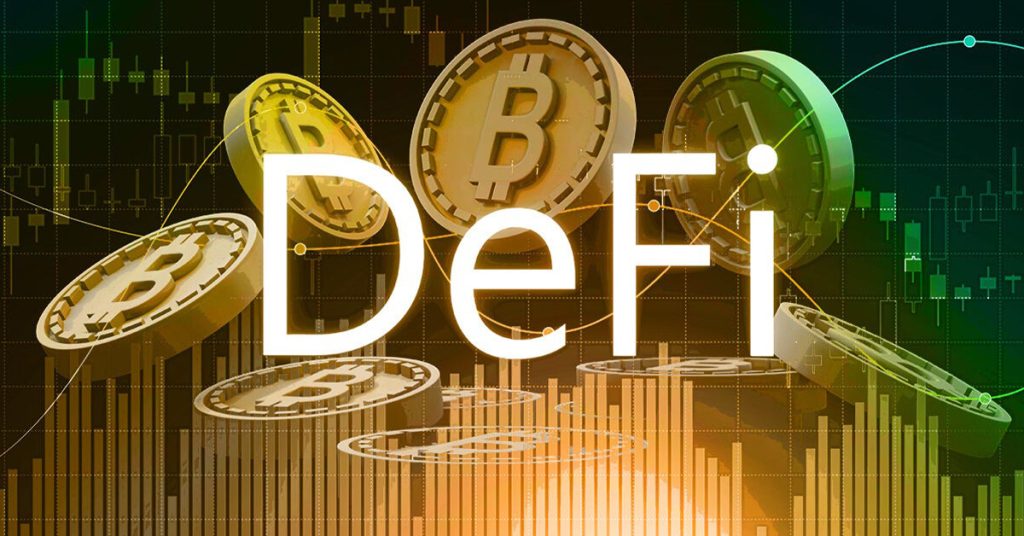What is Tezos? | Addressing Blockchain Weaknesses
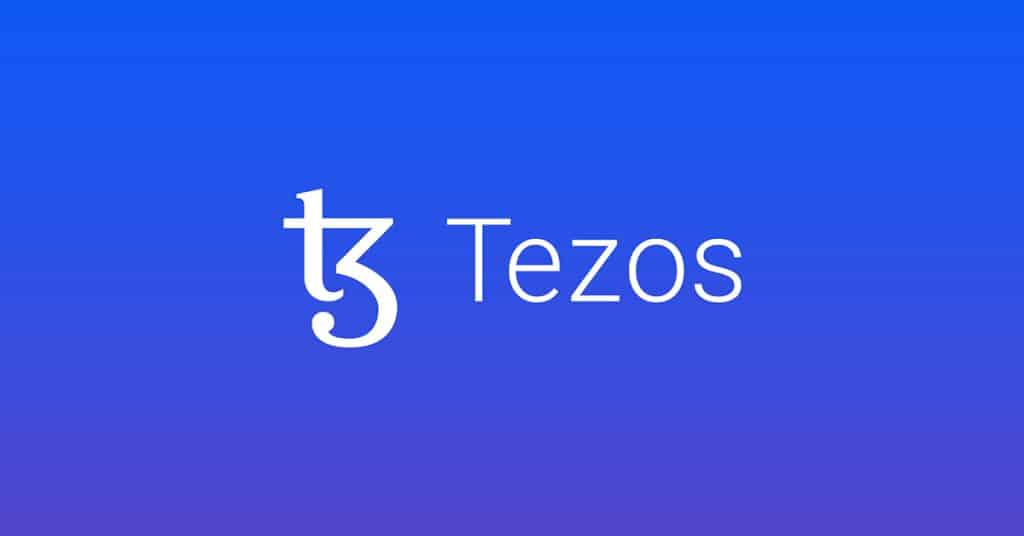
About Tezos
Tezos is a public, open-source, proof-of-stake blockchain which offers low power consumption and energy efficient consensus. The protocol incorporates a rare feature known as a self-amending governance system. This feature allows continuous improvements to the protocol while preserving the integrity of the consensus and eliminating the need for future hard forks. Tezos describes itself as ‘smart money’, stressing that it is first and foremost a currency.
Tezos was created by husband-and-wife team, Arthur and Kathleen Breitman. The protocol was first proposed back in 2014 and the Tezos Foundation was formed in 2017 to support the activities of the network and issue grants to developers and projects. The foundation raised $232 million in Bitcoin and Ethereum, which at the time was one of the largest ICOs ever staged.
Arthur Breitman considered the main weaknesses of blockchains such as Bitcoin and Ethereum and wanted to address them;
- Their ‘hard forks’ were highly complex and risky processes when updating blockchains by splitting them into two.
- The use of a proof-of-work consensus requires the consumption of a large amount of energy through mining.
- The lack of code verifiability of the main smart-contracts low-level languages, reducing trust in the reliability of the code.
His goal with Tezos was to keep the best parts from these early blockchains while looking to overcome some of the shortcomings that he perceived.
The early years of the protocol were plagued with issues. The Breitmans and Johann Gever, founder of the Tezos Foundation, publicly feuded over control of the project and this led to lengthy delays in the deployment of the protocol and the issuance of investor tokens. Consequently, investors initiated a series of lawsuits alleging the sale of unauthorized securities. The Tezos mainnet went live in September, 2018 and the founders settled the lawsuits with the Tezos Foundation in 2020 with a payment of $25 million.
What Makes Tezos Different?
Compared to earlier blockchains such as Bitcoin and Ethereum, Tezos stands apart due to 3 main characteristics.
- Self-amending on-chain governance, designed to evolve and update itself, avoiding hard forks. The protocol can be amended when upgrade proposals receive a favorable vote from the community.
- LPoS (Liquid Proof-of Stake) consensus mechanism which consumes far less energy to produce blocks and keep the network secure. Approximately 370 active validators (referred to as Bakers) are currently producing Tezos blocks.
Smart contracts can be written with ‘Michelson’ language, facilitating formal verification.
Token Standards
Tezos uses the token standard FA2 (Financial Application 2). This standard supports a wide range of token types:
- fungible (equivalent to ERC-20 on Ethereum),
- non-fungible (equivalent to ERC-721 on Ethereum),
- non-transferable (equivalent to ERC-1238 on Ethereum),
as well as multi-asset contracts (equivalent to ERC-1155 on Ethereum).
The $XTZ Token
The native cryptocurrency of the Tezos blockchain is the Tez which has the symbol XTZ. The Tez token is used broadly in the ecosystem and has the following utility;
- Acts a governance token. Holders can vote on proposals.
- Can be used to pay for fees on the network.
- Holders can stake their tokens with validators (Bakers) and earn around a 5% APR. Larger holders can choose to become a validator if they own at least 6,000 tokens.
Circulating Supply: 890,738,000
Total Supply: 912,364,399
Wallet Support
A wide range of wallet options exist for storing, sending and receiving Tez tokens. The most popular choices are Trust Wallet and Temple Wallet.
Ledger and Trezor hardware wallet support is also available.
A complete list of available wallets can be found here.
In Closing
With so many smart-contract enabled blockchains launching in the past few years, the environment has become extremely competitive. Although Ethereum is still the market leader, there are several other competing protocols, including Tezos, Solana, Fantom and Avalanche which have large treasuries at their disposal, all aiming to attract developers and projects to their networks.
Although Tezos has been around for several years now, it has not seen the same level of project development on its network compared to its newer competitors. This may be a result of its unique coding language (Michelson) which many developers are unfamiliar with. However, this obstacle could soon be a thing of the past. On April 2, 2022 an important protocol upgrade was deployed called Ithaca 2. Apart from lowering block times which will result in faster transactions, this upgrade prepares the network for EVM (Ethereum Virtual Machine) compatibility. This will enable developers to seamlessly migrate assets and deploy Ethereum based projects on Tezos.
Due in part to its environmentally friendly consensus model, some well-known brands such as Red Bull Racing and McLaren Racing are adopting Tezos for their NFT platforms and fan experiences. In addition, Swiss firms Crypto Finance AG, InCore Bank and Inacta plan to use the network to offer tokenised assets to institutional clients.
Tezos can be purchased on popular crypto exchanges such as Binance, Coinbase, Kucoin, Bitfinex and Kraken.

